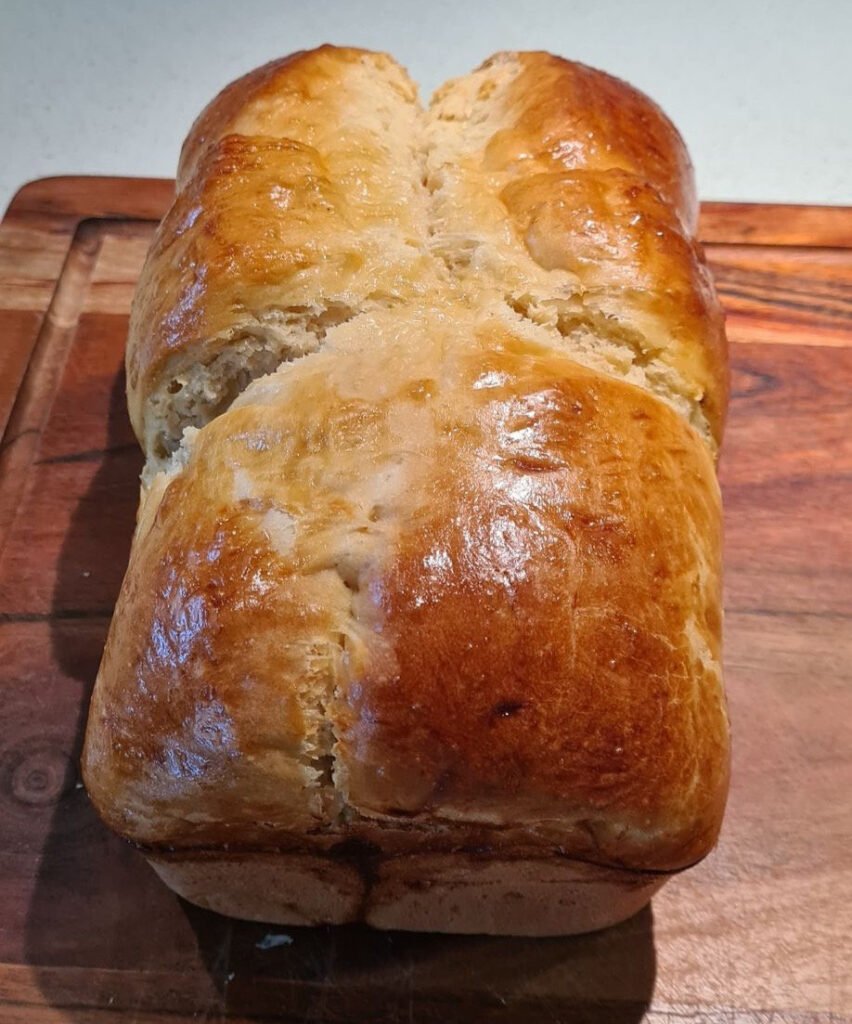Nestled in the heart of Australia’s Kimberley region, Broome is a vibrant community known for its stunning landscapes, rich indigenous culture, and unique flora. One of the most iconic symbols of this region is the Boab tree (Adansonia gregorii), whose striking silhouette graces the horizon. While the tree itself is a sight to behold, the true treasure lies in its fruit, a lesser-known but highly nutritious gem cherished by the Broome community.

A Cultural and Nutritional Gem
The Boab tree holds a significant place in the lives of the indigenous peoples within the Kimberley. Known as “The Tree of Life,” it provides shelter, tools, and nourishment. The fruit of the Boab tree, often referred to as “Super-Fruit,” is a testament to this tree’s life-sustaining properties.

Learn how to make Pat Torres, Boab Powder Milk Bread Recipe
note: all affiliate purchases, and shipping are for Australians only
Disclosure: This post may contain affiliate links, meaning I get a commission if you decide to make a purchase through my links, at no cost to you.
The Boab Fruit: Nutritional Profile
Boab fruit is packed with essential nutrients that make it a powerhouse of health benefits. Here’s a closer look at what makes this fruit so special:
– Rich in Vitamin C: Boab fruit contains six times more vitamin C than oranges, making it an excellent immune booster.
– High in Antioxidants: The fruit is rich in antioxidants, which help combat oxidative stress and inflammation in the body.
– Source of Calcium: With more calcium than milk, Boab fruit supports strong bones and teeth.
– Packed with Fiber: The high fiber content aids in digestion and promotes a healthy gut.
– Abundant in Essential Minerals: It provides significant amounts of potassium, magnesium, and iron, which are vital for various bodily functions.
Health Benefits of Boab Fruit
1. Boosts Immunity: The high vitamin C content strengthens the immune system, helping to ward off illnesses and infections.
2. Supports Digestive Health: Dietary fiber aids in digestion, prevents constipation, and promotes a healthy digestive tract.
3. Enhances Skin Health: Antioxidants and vitamin C work together to improve skin health, reducing wrinkles and promoting a youthful appearance.
4. Strengthens Bones: The calcium and magnesium content supports bone health, reducing the risk of osteoporosis.
5. Balances Blood Sugar Levels: The fiber and low glycemic index of the fruit help regulate blood sugar levels, making it beneficial for diabetics.
Incorporating Boab Fruit into Your Diet
The Boab fruit can be enjoyed in various forms, making it a versatile addition to any diet. Here are some popular ways to consume it:
– Raw: The fruit’s pulp can be eaten fresh or dried.
– Powdered: The dried fruit can be ground into a powder and added to smoothies, yogurt, or cereals.
– Cooking: Incorporate Boab powder into baking recipes, soups, and stews for added nutrition.
– Traditional Dishes: Many indigenous recipes incorporate Boab fruit, offering a taste of traditional Australian cuisine.
Broome Community and Boab Fruit
In Broome, the Boab tree and its fruit are not just nutritional powerhouses but also cultural icons. The community celebrates this unique tree through various festivals and events, highlighting its importance in local traditions and daily life. The fruit, often shared among community members, symbolises unity and sustenance.
Local businesses have also embraced the Boab fruit, offering products like Boab powder, teas, and skincare items, promoting the fruit’s benefits far and wide. These initiatives help support sustainable practices and provide economic opportunities for the community.
Conclusion
The Australian Boab fruit is more than just a nutritional powerhouse; it’s a symbol of life, culture, and community in Broome. By incorporating this superfruit into your diet, you not only boost your health but also connect with a rich cultural heritage that has cherished this tree for generations. Whether you’re a local or a visitor, experiencing the benefits of Boab fruit is a way to partake in the timeless traditions and natural beauty of Broome.
Learn More About the Kakadu Plum: Australian Gubinge


